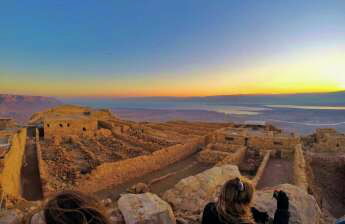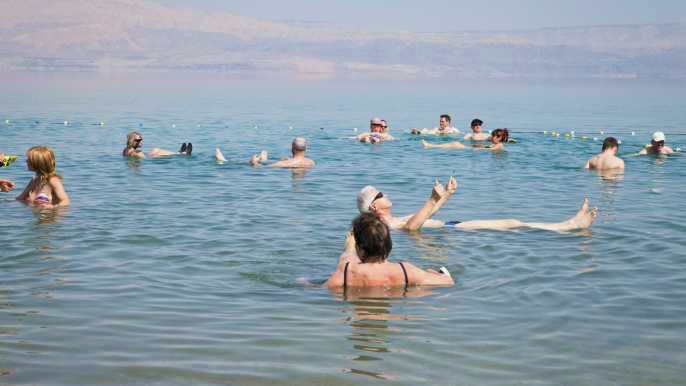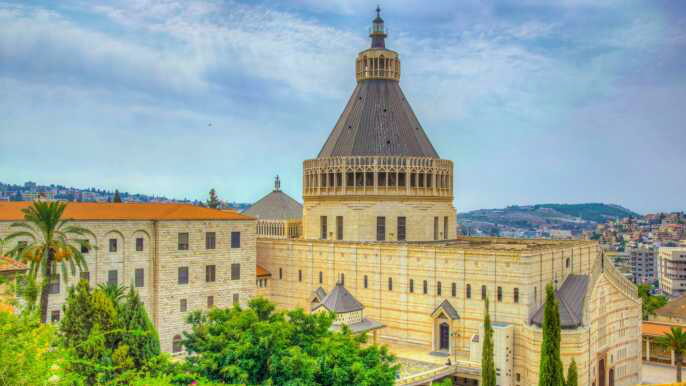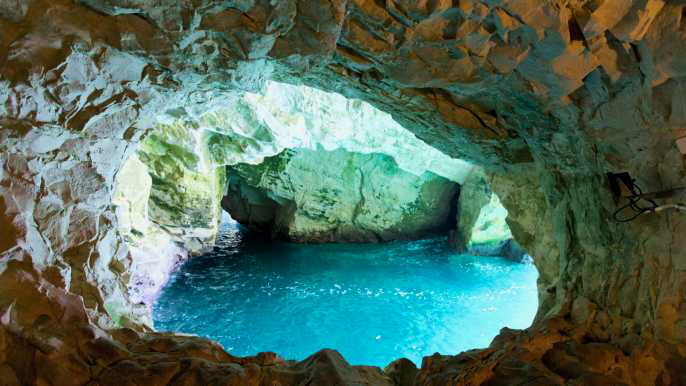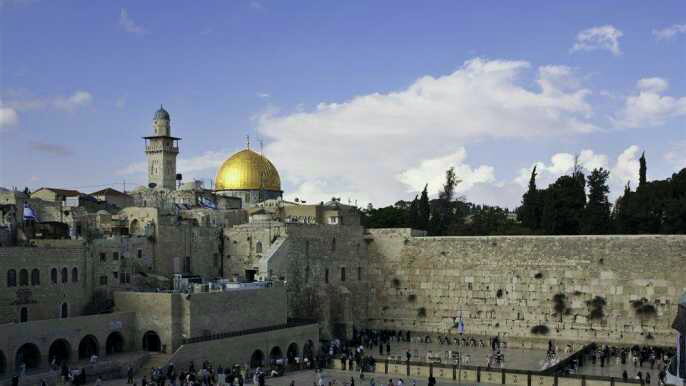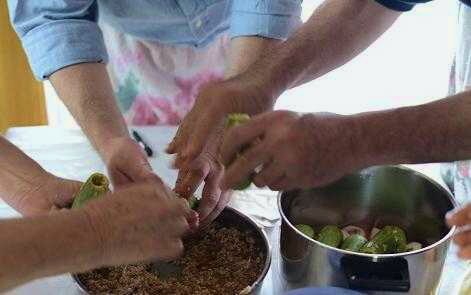Whether you're planning a weekend trip to Tel Aviv or a month-long vacation, there are some must-see sites in the city that you won't want to miss. You can visit the Eretz Israel Museum to get a glimpse of the country's archaeology. Alternatively, you can check out the Beit Hatfutsot, which will give you a fascinating glimpse into the history of Jewish communities worldwide.
The beaches
Whether you're a surfer, a swimmer, or just an admirer of the sea, there are some amazing beaches in Tel Aviv. This sun-kissed Mediterranean destination boasts some of the most beautiful and popular beaches in the world. With a variety of amenities to choose from, the beaches of Tel Aviv are perfect for relaxation.
One of the most famous beaches in Tel Aviv, Gordon Beach is a sports and recreational paradise. You can take a swim in the sea-water-filled outdoor pool, or relax at the many cafes and restaurants along the promenade. There are even three skyscraper-style hotels here.
One of the best beaches in Tel Aviv is the Jaffa Beach, which is especially popular with surfers. It is also a good spot for watching the sunset. Its secluded beach area allows orthodox Jews to enjoy the sea without being seen. The southern part of the beach is fenced, but the northern part is open to the public.
The Tel Aviv District boasts magnificent sandy beaches, with crystal-clear waters. These beaches are ideal for rest and relaxation, while the sound of the waves adds to the experience.
Tel Aviv also has four dog-friendly beaches. Some of the best include Charles Clore Beach, Givat Ha'aliya Beach, Hilton Beach, and Metsitsim Beach.
Another favorite for tourists and locals is the Banana Beach. This beach is known for its restaurant, which offers regional dishes. It is also a great place to participate in board games.
The Separate Beach is a relatively quiet spot compared to the rest of the city's beaches. This area has been upgraded to include accessible changing facilities, a large pool, and storage compartments.
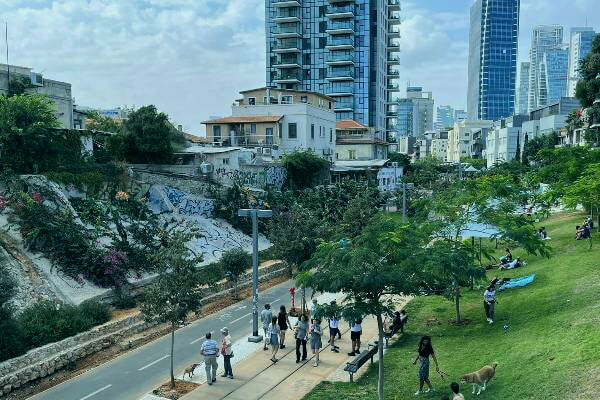
Habima Square
Located in the heart of Tel Aviv, Habima Square is a large public space. It is also home to the Habima Theatre and the Helena Rubinstein Pavilion for Contemporary Art. In addition, it features a sunken garden.
The Habima Theater complex is one of the most significant cultural highlights of Tel Aviv. It was built by Oscar Kaufmann in Bauhaus International Style. The theater is now considered the national theater of Israel. It has a wide range of play content, including popular musicals, Shakespearian plays, and plays dealing with current Israeli affairs. The plays are almost always in Hebrew, though some English subtitles are available.
The White City of Tel Aviv is a UNESCO World Heritage site. Its architecture is rooted in the early 20th century town planning styles of the Modern Movement. It was designated as a UNESCO World Heritage Site in 2003.
The Habima Square is surrounded by a variety of historical buildings. Many are designated as cultural heritage sites, and are intended for preservation.
The Habima Square is a popular place to visit and stroll. It is also an ideal place for evening concerts. The square's Three Circles Sculpture adds movement and colour to the plaza.
The Habima Theater has a reputation for its eclectic range of plays. Its repertoire includes a variety of musicals and plays that deal with current Israeli and Palestinian affairs. The theater receives an annual state subsidy.
The area of the Habima Theatre has a reputation for being a hotspot for young people and tourists. During the Hanukkah celebrations, the area becomes a throbbing center of activity. The theatre is usually brightly lit during the evening.
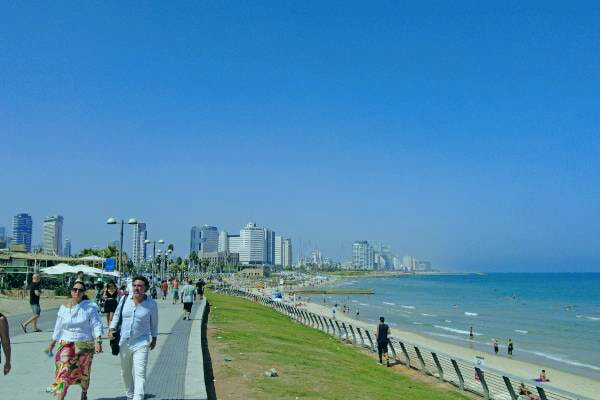
Neve Tzedek Quarter
Located near the southern end of the Tel Aviv beach, Neve Tzedek is considered a peaceful oasis in the city's bustling metropolis. It is also known for its rich cultural legacy. Many famous Israeli artists, writers, and rabbis lived in this neighborhood.
The neighborhood was established in 1887 by a group of Jewish families who were looking for a quiet and peaceful place to live. It was built with low-rise buildings featuring Art Nouveau and Jugendstil design elements. These buildings were often subjected to the harsh shore atmosphere and eventually fell into disrepair. However, in the 1980s, the area was restored.
Today, you can find a variety of craft shops, boutiques, and restaurants along the streets of Neve Tzedek. You can also visit the Nachum Gutman Museum, which features exhibits of the famous artist's works.
In the late 1980s, the area was renovated with care to preserve the original design. This allowed the neighborhood to be turned into a trendy shopping district, complete with upscale boutiques, art galleries, and cafes. The Suzanne Dellal Center for Dance and Theatre, a world-class contemporary dance presenter, is also located in this neighborhood.
The main plaza of Neve Tzedek is lined with gnarled orange trees and majestic palms. The mural that adorns the plaza is an eye-catching depiction of Jewish history.
During the early 1900s, Neve Tzedek became a refuge for many artists. The area was home to the first Jewish rabbi in the neighborhood, Rabbi Abraham Isaac Kook. He was a close friend of many literary luminaries, including Nobel prize laureate Shmuel Yosef Agnon. He also served as the leader of Jaffa's Sephardic community.
Today, the neighborhood is a popular tourist attraction with its unique, village-like ambience. There are also plenty of places to shop for unique clothing, accessories, and jewelry.
Eretz Israel Museum
Located in the Ramat Aviv neighborhood of Tel Aviv, the Eretz Israel Museum is an archeological site, a museum, and a planetarium. This multidisciplinary institution is one of the largest in Israel. Its displays include a planetarium, archeology, and a plethora of traditional arts and crafts.
The largest of the three museums, the Eretz Israel Museum is a multi-cultural facility that covers a variety of topics related to the Land of Israel. The museum is divided into a number of pavilions, each presenting artifacts from a specific culture or period in Israeli history. The Copper Pavilion, for example, features an exhibit about the discovery of copper ore in Timna, southern Negev. It also contains a few artifacts from a Midianite-Egyptian temple.
The museum also has a great gift shop. It's also home to a museum cafe. Visitors can also take a tour of some of the restored sites. Aside from its permanent collections, the museum hosts exhibitions, a planetarium, and plays and concerts.
Aside from the philatelic exhibits, the museum also holds temporary art and craft shows. This year, the museum will host an innovative museum event, the Tel Aviv Biennale of Crafts and Design. The event will be spread across different museum spaces and is intended to interact with the permanent displays.
Another important exhibit in the museum is the Man and His Work wing. Its displays show how the ancients worked and what their industries were. It also features a garden featuring ancient mosaic floors.
The museum offers a wide selection of historical artifacts, including a restored olive oil plant, a craftsmen's bazaar, and an archaeological dig. Besides its permanent displays, the museum also houses several cultural institutions, such as the Tel Aviv Museum of Art and the Avitsur Center for Traditional Material Culture.
Tel Aviv Promenade
Located in Tel Aviv, Israel, the Tel Aviv Promenade runs along the Mediterranean Seashore. It is considered to be one of the world's most beautiful boardwalks. The promenade is an attractive destination for both tourists and locals. Several cafes and hotels line the promenade. It is also home to bars, restaurants and shops. It is a popular area for joggers and cyclists.
Aside from its stunning views of the sea, the promenade has many amenities that make it a great place for families. It includes playgrounds, fitness equipment, exercise stations, and comfortable cafes. The promenade also features a farmers' market.
The promenade is located at the seaside and was constructed in the 1930s by the British in Palestine. Originally, it was designed to separate the bathing area from the hiking area. In the 1980s, a sewage treatment facility was built in the Dan District to divert sewage from the sea. This was done in order to restore the beach and improve its facilities.
The Tel Aviv Promenade features two unique stages: the upper stage is a promenade for pedestrians and the lower stage is a combination of bamboo decking. It is lined with trendy cafes, boutique hotels, and "in" bars.
In addition to the promenade, the Tel Aviv coastline is also home to several beaches. These beaches range from family-friendly to gay-friendly. There are also many cafes and restaurants that serve fresh Mediterranean food. The beachfront has undergone numerous renovations over the years.
In the past decade, the Tel Aviv municipality has funded major renovations to the promenade. The new design is based on curves and waves. It is a more attractive style than the traditional straight line design.


